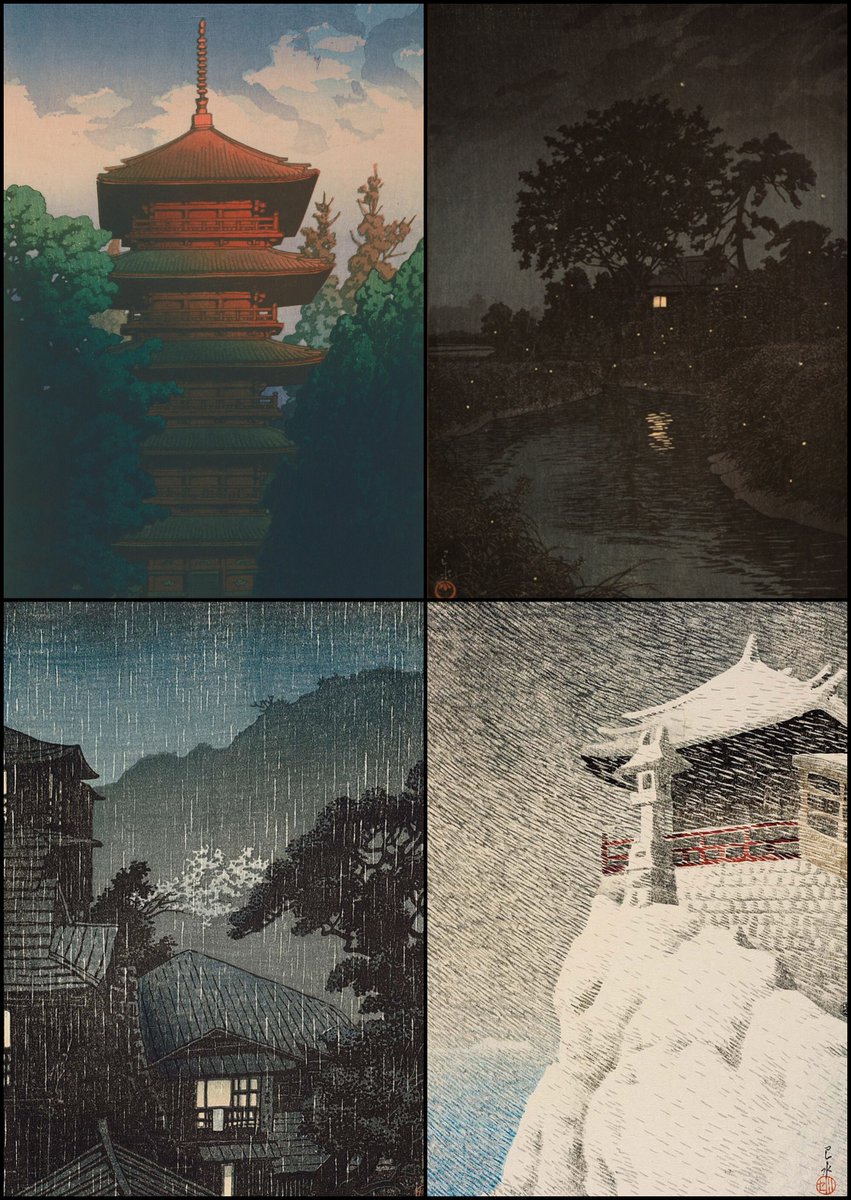The story begins over two thousand years ago with the architecture of Greece and, later, Rome.
Proportion, rounded arches, porticos, tympanums, the five orders (Doric, Ionic, Corinthian, Etruscan, Composite) — this was the original Classical Architecture.




Proportion, rounded arches, porticos, tympanums, the five orders (Doric, Ionic, Corinthian, Etruscan, Composite) — this was the original Classical Architecture.




But the Roman Empire fell, the Middle Ages arrived, and Classical Architecture faded away.
In its place Gothic Architecture slowly but surely emerged, a style fundamentally at odds with that of Greece and Rome.
Pointed arches, gargoyles, tracery, & flying buttresses.


In its place Gothic Architecture slowly but surely emerged, a style fundamentally at odds with that of Greece and Rome.
Pointed arches, gargoyles, tracery, & flying buttresses.


Until, in 15th century Italy, scholars started paying more attention to Roman ruins.
They studied the buildings carefully, read a treatise written by the Roman architect Vitruvius, and learned the rules and motifs of classical architecture.
The Renaissance had begun.
They studied the buildings carefully, read a treatise written by the Roman architect Vitruvius, and learned the rules and motifs of classical architecture.
The Renaissance had begun.

Scholars like Leon Battista Alberti wrote their own books about classical architecture, codifying the different orders, proportions, and design features.
And these Renaissance architects, after learning the rules of classical architecture, applied them in new ways.
And these Renaissance architects, after learning the rules of classical architecture, applied them in new ways.

The Palazzo della Cancelleria (the first Renaissance palazzo in Rome) isn't necessarily something the Romans or Greeks would actually have built themselves, even though it uses their rules about proportion and the same decorative elements.
This is general, small N neoclassicism.


This is general, small N neoclassicism.


During the 16th century a new form of neoclassical architecture appeared — Baroque — partly in response to the Protestant Reformation.
Baroque still operated on classical ideas, but it played with the rules and was far more exuberant and ornamented than the Renaissance style.




Baroque still operated on classical ideas, but it played with the rules and was far more exuberant and ornamented than the Renaissance style.




Eventually this morphed into the Late Baroque, or Rococo Style.
This was an even more refined and extravagant form of neoclassicism, moving ever further away from the actual architecture of Greece and Rome.
Luxurious, flamboyant, theatrical.


This was an even more refined and extravagant form of neoclassicism, moving ever further away from the actual architecture of Greece and Rome.
Luxurious, flamboyant, theatrical.


Things changed in the second half of the 18th century. People started paying more attention to Greek architecture in particular, which was simpler and more restrained than Roman architecture.
Think of the Baroque and the Rococo — now look at a Greek temple. Worlds apart.
Think of the Baroque and the Rococo — now look at a Greek temple. Worlds apart.

After the extravagance of the Baroque and Rococo it was time for something more serious — capital N Neoclassical Architecture was born.
Suddenly architects were designing buildings which the Greeks or the Romans might have actually built themselves.
Like La Madeleine in Paris.
Suddenly architects were designing buildings which the Greeks or the Romans might have actually built themselves.
Like La Madeleine in Paris.

This sort of Neoclassical Architecture was much less decorative and far more austere, imposing, and even rather geometric.
It wasn't always an *exact* copy of classical architecture, but you can see how something like the British Museum is much closer to original Greek design.
It wasn't always an *exact* copy of classical architecture, but you can see how something like the British Museum is much closer to original Greek design.

And so this was called the Greek Revival; the purest form of Neoclassical Architecture.
All across the world, though mainly in Europe, buildings started appearing which had not really been seen for almost 2,000 years.
Neoclassicism at its peak.




All across the world, though mainly in Europe, buildings started appearing which had not really been seen for almost 2,000 years.
Neoclassicism at its peak.




But Neoclassicism was a global movement, of course, and it took on slightly different forms around the world.
In the USA the Founding Fathers adopted a rather pure Neoclassicism to match their political admiration for the Romans and Greeks.


In the USA the Founding Fathers adopted a rather pure Neoclassicism to match their political admiration for the Romans and Greeks.


But then there's something like the US Capitol.
With that colossal dome it is certainly an interpretation of Classical Architecture rather than pure imitation.
But compare it to Baroque or Rococo or even Renaissance — this is still much closer to the original thing.
With that colossal dome it is certainly an interpretation of Classical Architecture rather than pure imitation.
But compare it to Baroque or Rococo or even Renaissance — this is still much closer to the original thing.

In Britain there was a movement known as "Palladianism", named after the Renaissance architect Andrea Palladio and his unusually simple and harmonious interpretation of classical architecture.
Chiswick House, built in 1729, is the ultimate Neo-Palladian building.
Chiswick House, built in 1729, is the ultimate Neo-Palladian building.

Georgian architecture is also part of this broader Neoclassical movement — not so much because it directly imitated Greco-Roman Architecture, but because it cleaved to their principles of symmetry, simplicity, and proportion.
The Royal Crescent in Bath is a perfect example.


The Royal Crescent in Bath is a perfect example.


Neoclassicism in France reached its zenith during the reign of Napoleon — who cast himself as the successor to the Roman Emperors.
This was the monumental, intimidating "Empire Style", epitomised by the Arc de Triomphe, a callback to the triumphal arches of ancient Rome.
This was the monumental, intimidating "Empire Style", epitomised by the Arc de Triomphe, a callback to the triumphal arches of ancient Rome.

Then there's the Beaux-Arts Style, which saw the return of certain Baroque tendencies; pure, rigorous Neoclassicism was beginning to fade in some parts of the world.
By the second half of the 19th century in France it had gone altogether; just look at the Palais Garnier.
By the second half of the 19th century in France it had gone altogether; just look at the Palais Garnier.

There were many more variations of Neoclassicism with varying levels of adherence to original Greco-Roman Architecture, but all united by a general tendency toward simplicity and monumentality, far from the excesses of Baroque. 

Renaissance, Baroque, and Rococo are all neoclassical because they are inspired by and use the rules of Ancient Greek and Roman architecture.
But true Neoclassical Architecture directly imitated the temples actually built by the Greeks and the Romans.
But true Neoclassical Architecture directly imitated the temples actually built by the Greeks and the Romans.
It's important not to get too caught up with "styles" — the lines are inevitably blurred and architecture is always about more than rules and external appearances.
But, hopefully, this has helped to explain the difference between neoclassical and Neoclassical architecture...
But, hopefully, this has helped to explain the difference between neoclassical and Neoclassical architecture...
• • •
Missing some Tweet in this thread? You can try to
force a refresh

 Read on Twitter
Read on Twitter






















